繼2009年筆者完成AN001、AN002如何建立wave port與lump port後,2012年 再撰文以HFSSv14進一步說明這兩者的差異。
Solution Type:Driven Modal and Driven Terminal
Wave Port and Lump Port
Internal Port and External Port
Driven Terminal + Lump Port
Driven Terminal + Wave Port
Driven Modal + Lump Port
Driven Modal + Wave Port
Conclusions
問題與討論
9.1 如何檢視埠阻抗(port reference impedance)?
9.2 Driven Modal可以看differential impedance嗎?
9.3 Wave port大小的設計原則,與對埠阻抗的影響?
1.1 Driven Modal:用於天線或Wave Guide...等,需要觀察高階模態(high-order or multi-mode)的設計應用。
Calculate the modal-based S-parameters.
The S-matrix solutions will be expressed in terms of the incident and reflected powers of waveguide modes.
1.2 Driven Terminal:用於一般的SI、PI設計應用,只需要觀察base mode。
Calculate the terminal-based S-parameters of multi-conductor transmission line ports.
The S matrix solutions will be expressed in terms of terminal voltages and currents.
2.1 Wave Port:port阻抗(reference impedance)隨wave port大小而不同、有考慮terminal間的coupling and port field is not uniform
Wave ports require a length of uniform cross-section (with de-embed).
In general, wave port is an external port (as background boundary); but an internal wave port also can be valid with a "conductive cap".
當wave port + driven modal時,會指定積分線,這決定mode方向。若沒有設積分線結果也跑得出來,只是相位不同
2.2 Lump Port:port阻抗固定、不考慮terminal間的coupling、port field uniform
Only for surface internal. (不可以跟background boundary貼在一起)
Lump port is also with de-embed post processing, but it is just for port calibration to remove intrinsic inductance.
可以從Solution Data Matrix Data中,看到characteristic impedance of port
De-embed與renomalize的post processing只對S-parameter有作用
2.3 All outer edges of wave port are Perfect-E boundary ; but for lump port, the port edge that interfaces with conductor is Perfect-E, all remaining port edges are Perfect-H.
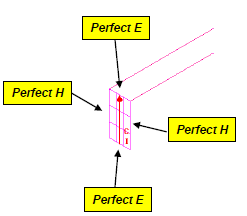
3.1 Lump port is an internal port, and it makes sense to place the lumped port at a location where the field distribution would approximately be the same as the dominant mode of the port definition in the absence of the lumped port.
本文附例3.1是lump port貼到background boundary報錯的狀況,例3.2則是修正後能正常解出lump上port field的結果。
從這張圖就可充份說明,所謂的Lump port的port field是uniform是甚麼樣子了。
因為真實世界裡port端截面的場,不可能完全uniform,所以lump port下的越短,計算越準,lump port越長其準度與wave port的差異會越大。故與reference距離較遠的結構,lump會下的較長,此時建議用wave port取代lump port較準
3.3 Wave port is an external port generally, but it also can be a internal port with a "conductive cap".
本文附例3.3是wave port沒貼到background boundary報錯的狀況,例3.4則是修正後能正常解出wave上port field的結果。
4.1 lump port較細長,本身會引入較大的寄生RL效應,且電壓饋入edge沒有涵蓋整個trace,為錯誤做法
4.2 改成一個較寬的lump port
4.3 Enable Lump Port De-embed
比較以上三種條件的S-parameter與傳輸線特性阻抗:消除寄生電感效應(de-embed lump port)的結果,會讓諧振頻點往高頻移
4.4 比較一下air box對lump port的影響:lump port離air box (radiation boundary)還是需要一點距離的好
同樣的結構,改成直接以一面的background boundary定義一個external wave port
比較lump port (4.4)與wave port (5)的S-parameter與傳輸線特性阻抗:
本例lump port的長度0.35mm來說,4GHz以後開始與wave port的模擬結果有差異。以FR4材質換算大約是l/10000
Lump port的長度最好不超過l/10000
要能打出single-end TDR,必須先在differential pair的設定中,把enable的check取消
同樣是lump port,比較Driven Model (6)與Driven Terminal (4.4)的S-parameter:只有在諧振頻點的dB大小有差
Mode1
Mode2
Mode3
8.1 SI用[Driven Terminal],Antenna或Wave guide用[Driven Modal]
8.2 Lump port長度必須遠小於波長,wave port必須下在截面uniform的結構
8.3 wave port如果是internal port,必須在外側貼"conductive cap"
9.1 如何檢視埠阻抗(port reference impedance)?
Ans:以本文所附的範例(5)為例,[HFSS] [Results] [Solution Data]
若wave port改成Do not renormalize
則埠阻抗變成
wave port的大小改變(太小),這裡的值也會變喔
9.2 Driven Modal可以看differential impedance嗎?
Ans:Driven Modal下,lump port與wave port都無法設ExcitationsDifferential Pairs。
9.3 Wave port大小的設計原則,與對埠阻抗的影響?
Ans:官方所建議的設計原則約是6~10倍的疊構高度,5~10的線寬寬度
上下左右大小ok
上下ok,左右太窄
兩端埠阻抗值不同
Thanks for sharing.
Thanks for sharing.

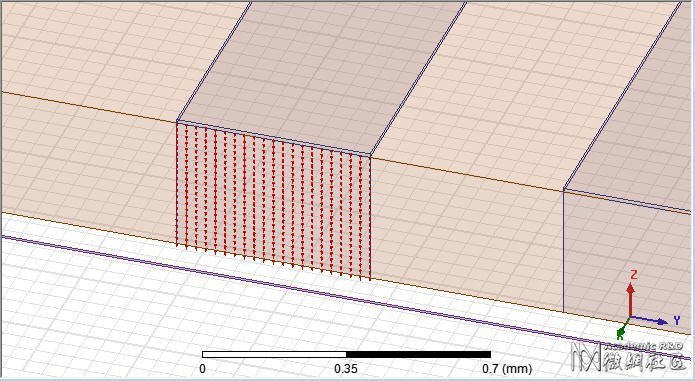

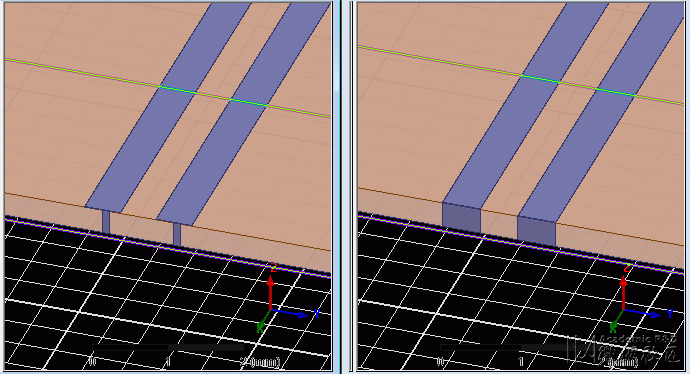
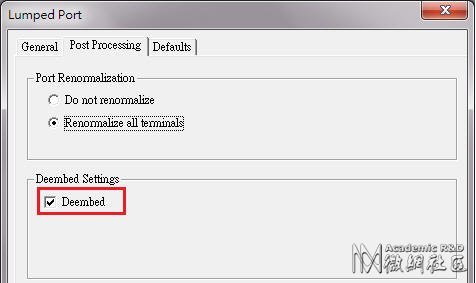
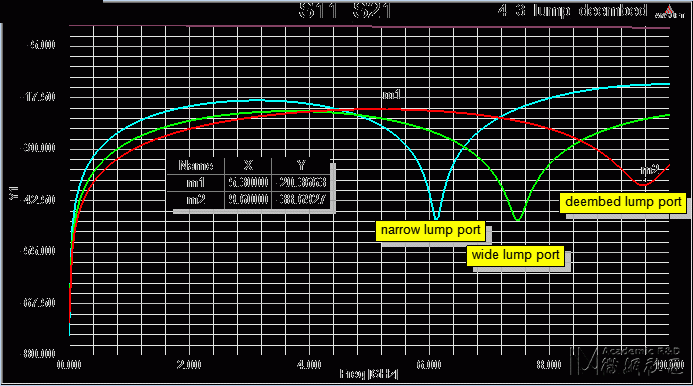
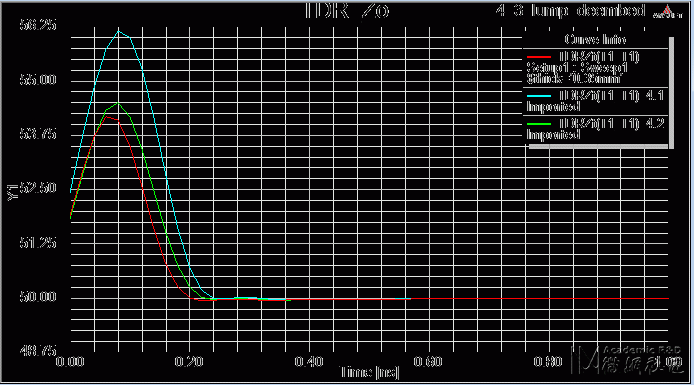

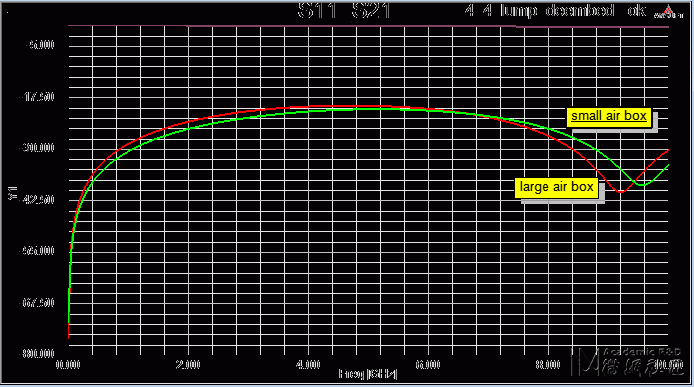

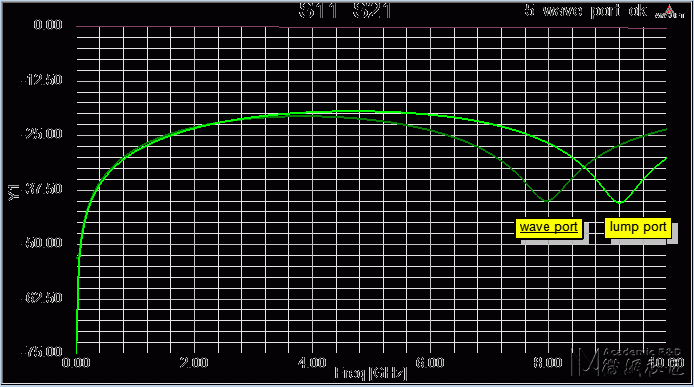
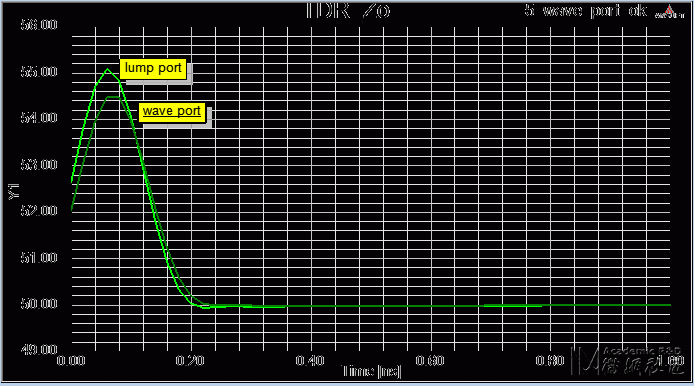
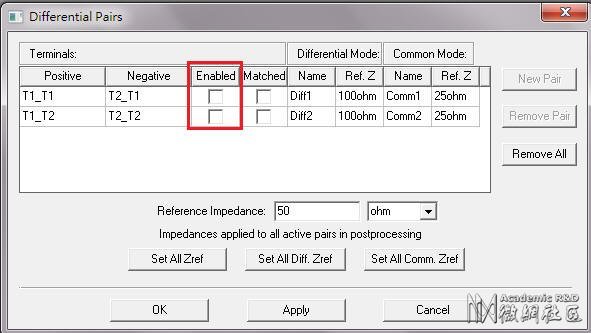
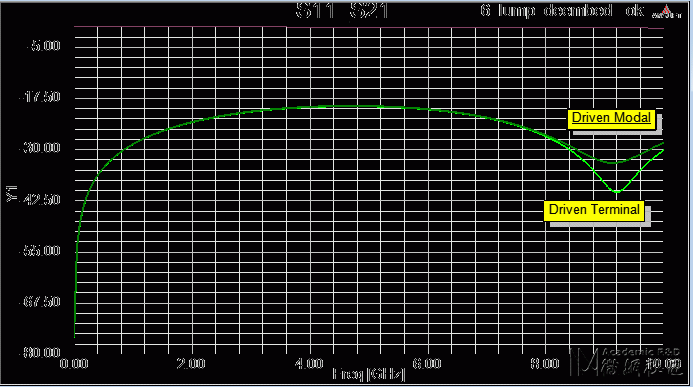
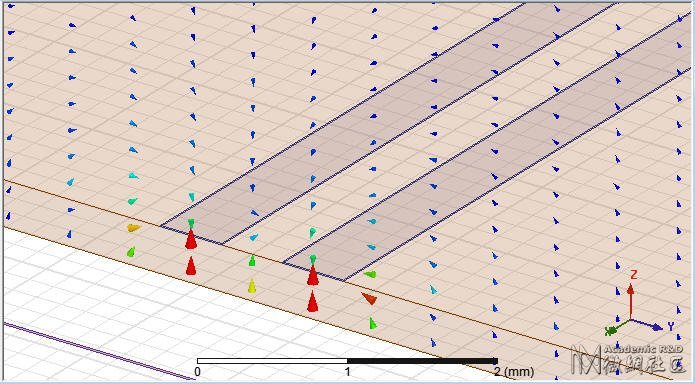
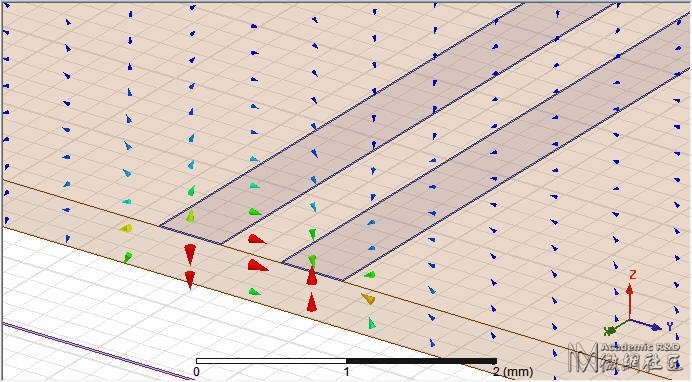


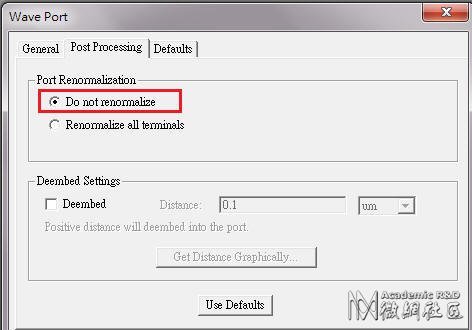

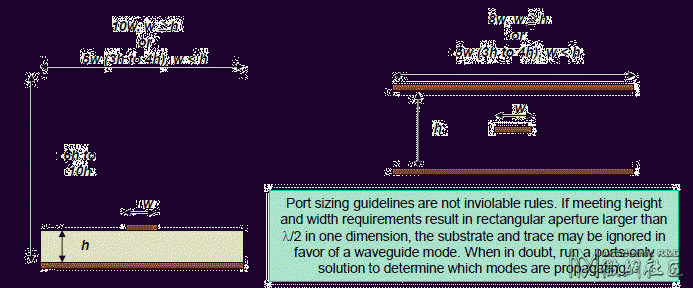
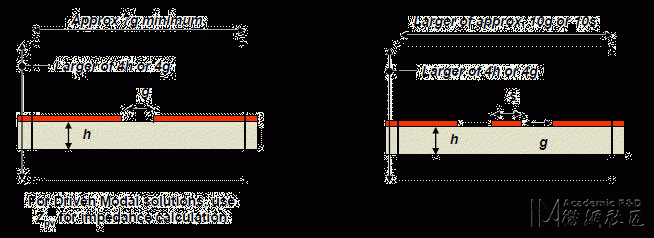
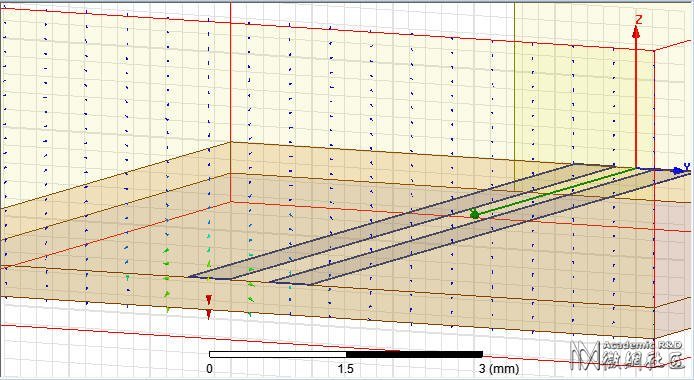
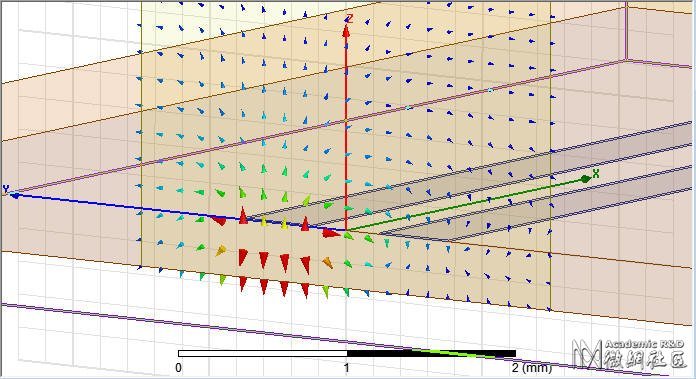


 an003_diff_wave_lump_port_v14.zip (344.57 KB)
an003_diff_wave_lump_port_v14.zip (344.57 KB)